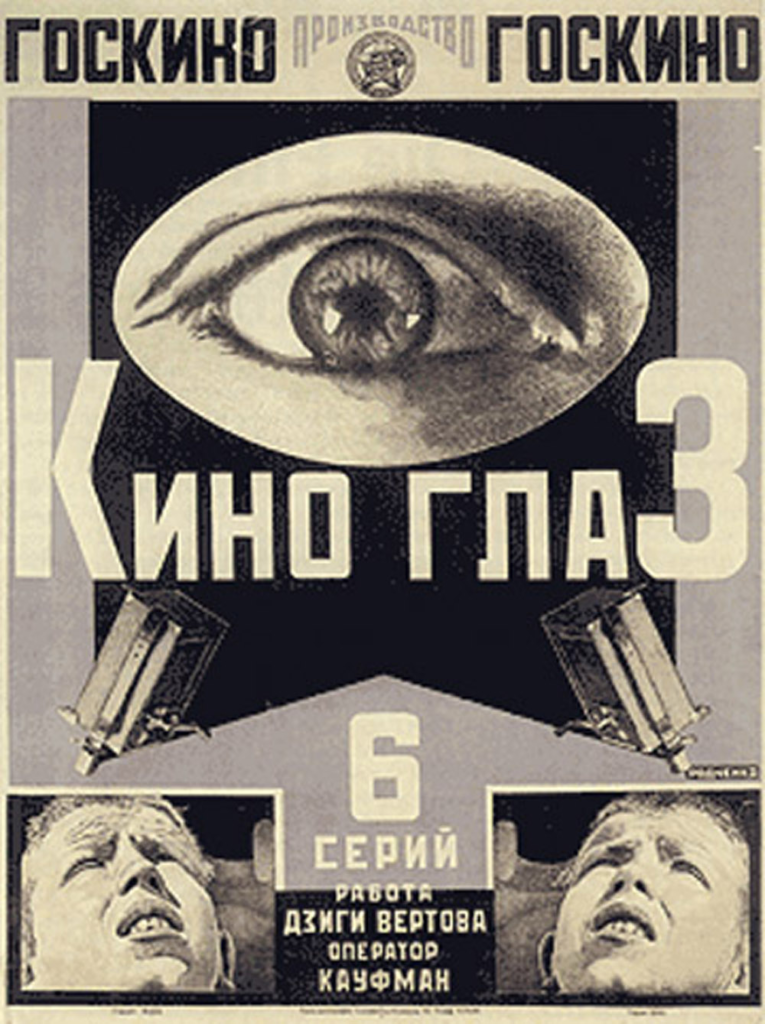FINALISED QUESTION: How has the feminist perspective influenced the serial killer sub genre of horror film to change over time?

Also mention how the perspective of feminist views has influenced the Serial Killer, Horror subgenre.
FINALISED QUESTION: How has the feminist perspective influenced the serial killer sub genre of horror film to change over time?

Also mention how the perspective of feminist views has influenced the Serial Killer, Horror subgenre.
Find examples from film from at least 3 of the Methods of Montage mentioned above. (Illustrate)
The Intellectual Method– This can be seen in “Strike” as the shots of people getting murdered by police are juxtaposed with the shots of a cow getting slaughtered, representing how there is no hope in saving them.

Rhythmic Montage- rhythmic” montage method from Eisenstein’s Battleship Potemkin‘s “Odessa steps” sequence.

Tonal montage-Example from Eisenstein’s Battleship Potemkin, which showcases the “tonal” method of montage.
This is an example of how cutting certain shots together, when combined with the context images and the musical accompaniment, could create tone.

Identify at least one other film which appears to have been influenced by the visual style of Classic Soviet Constructivist Cinema + illustration and reasons for choice.
Man With a Movie Camera 1929 by Dziga Vertov.

Man with a Movie Camera is famous for the range of cinematic techniques such as, fast motion, slow motion, freeze frames, match cuts, jump cuts, split screens, extreme close-ups, tracking shots and so on, representing classic Soviet Constructivist Cinema.
Name at least 3 other films identified by critics as classic Constructivist films + illustrations.



How does Gerasimov Institute operate now?
To this day, VGIK is one of the most impressive and prestigious film schools in the world. The school creates programs of secondary professional education.
he institute was founded in 1919 by the film director Vladimir Gardin as the Moscow Film School being the first and oldest film school in the world.

Describe some of the stylistic conventions associated with the expressionist art movement. + examples of Constructivist art.
Constructivist art mainly focused on industrial production and realistic concepts. Constructivists art uses architectural designs, geometric forms and modest materials as science and building were prioritized over artistic expression. Constructivist art existed of forms that they could draw with practical instruments like compasses and rulers.



The rise of the Soviet Union- Explain how the political, social and economic upheaval created by the aftermath of both the Russian Revolution and WW1 affected the production and content of classic Soviet Constructivist Cinema?

At the time, film and cinema was used as propaganda in order to promote socialist views within the working class with most films portraying the struggles of the working class.
In 1917after the revolution, film makers found new ways to make people respond to a film or shot differently by assembling the shots together depending on what images came before and after such as the Kuleshov Effect.
After the revolution, film was used as a weapon in order to show class struggle and oppression of lower classes under a comunist regime. Film was then cut of by the Stalinist regime as higher classes were scared that film might cause a rise and awakening among the working class.
New Mexican cinema, also referred to as Nuevo Cine Mexicano is a Mexican film movement started in the early 1990s. Filmmakers and critics consider Nuevo Cine Mexicano a “rebirth” of Mexican cinema because of the production of higher-quality films.
This rebirth led to high international praise as well as box-office success, unseen since the golden age of Mexican cinema of the 1930s to 1960s.
The quality of Mexican films suffered in the decades following the golden age due in part to Mexican audiences watching more overseas films, especially Hollywood productions. This resulted in the rise of infamous Mexican genres such as Luchador films, the low-budget direct-to-video Mexploitation film.
It’s themes include identity, tradition, and socio-political conflicts within Mexico itself.
Some films and directors:
Alfonso Cuaron’sY Tu Mamá También (2001) – nominated for an Academy Award for Best Original Screenplay.

At the Golden Globes for Best Foreign Film, and Alejandro G. Iñárritu’s Amores Perros (2000), which was nominated for Best Foreign Film at the Academy Awards.

Guillermo del Toro’s Pan’s Labyrinth a 2006 Mexican-Spanish that won numerous international awards.

The Golden Age of Mexican Cinema occurred from the 1930s to the 1960s, afterward, a period of low-budget B-movies funded by the state of Mexico was the primary source for films for the Mexican public. A comeback of Mexican cinema was believed to occur in the 1970s, however, its success was short-lived as the majority people from Mexico preferred Hollywood films.
Before the 1990s, the Mexican film industry was primarily funded by the state in coordination with the Instituto Mexicano de Cinematografía (Mexican Film Institute). There was a decrease in Mexican audiences watching Mexican-produced films in favor of Hollywood blockbusters due to the economic crash in 1994.The IMCINE produced roughly five films a year during the crisis.
The main influx of directors and filmmakers, as well as funding, primarily came from the IMCINE.